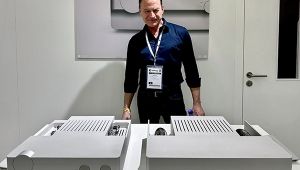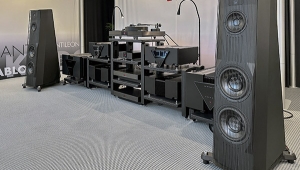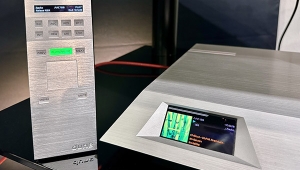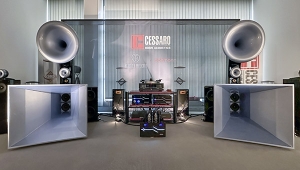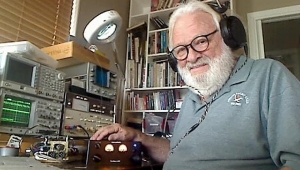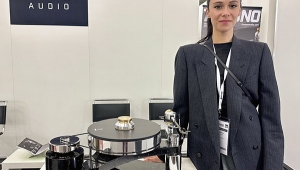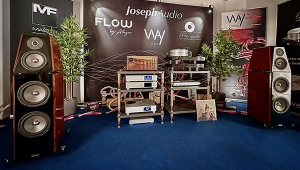| Columns Retired Columns & Blogs |
Sir, I have been waiting for a review of these speakers, so thank you for that. However, greater thanks to your generosity in sharing your recording of Jonas Nordwall’s excellent organ work.
There was a fantastic pizza restaurant in Portland called the Organ Grinder, which as you may have deduced, featured a Wurlitzer theater pipe organ. It was a magical place to visit as a child in the ‘80s, and I was fortunate enough to work there in the ‘90s, before zoning and customers’ changing interests forced the owner to shutter its doors and sell off the organ piece-by-piece.
Mr. Nordwall was possibly the Organ Grinder’s premiere organist. My experiences there influenced my love of spectacle in music (in moderation, of course), and also what began my quest for good sound reproduction. My audio setup doubles as a home theater, but in truth the reason I have two 18” subwoofers is to try and recreate, even on a small scale, the experience of listening to that organ.
As an aside, a local documentarian is creating a film on the Organ Grinder. We recently heard Mr. Nordwall was interviewed for the film. I recon it will be worth watching when it eventually is released.


























